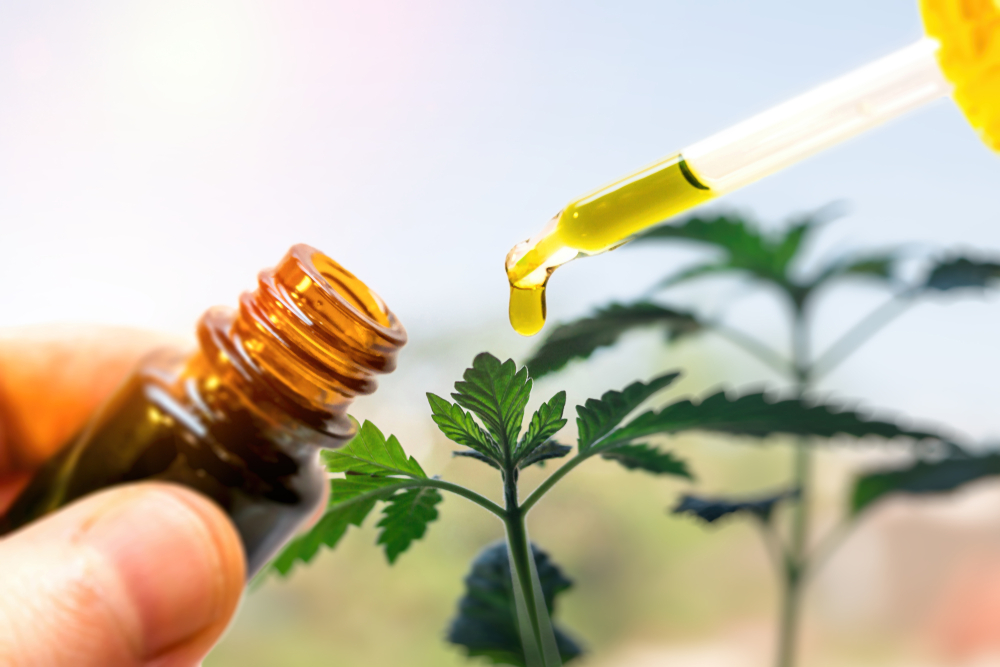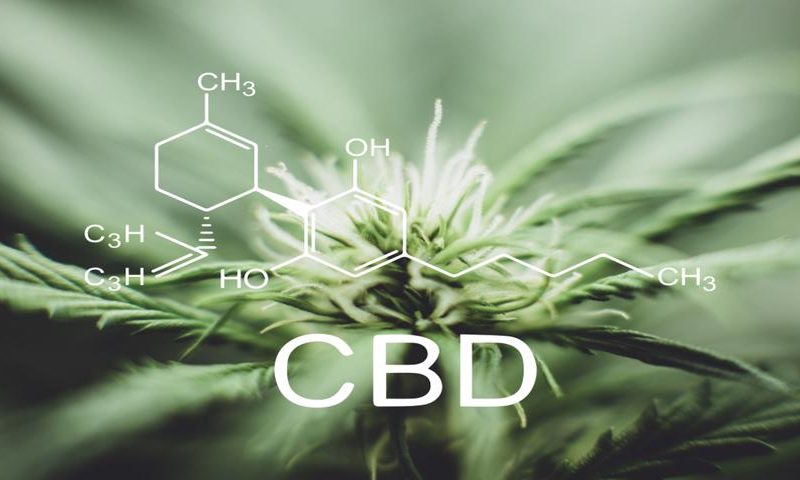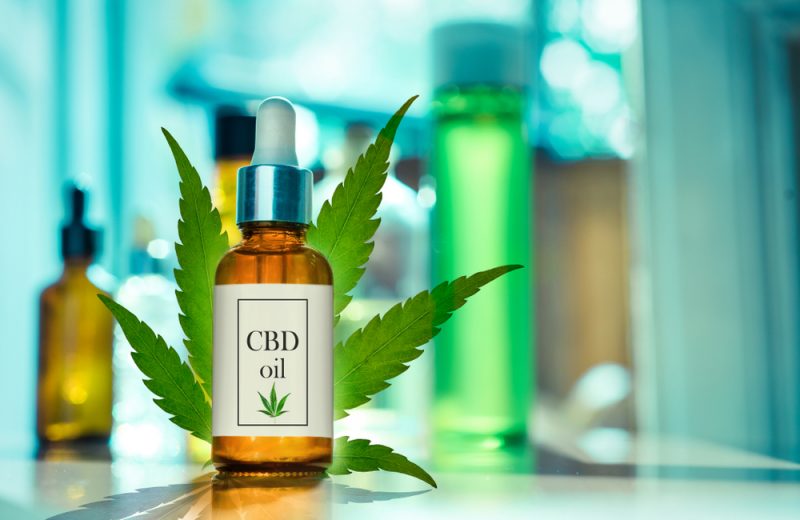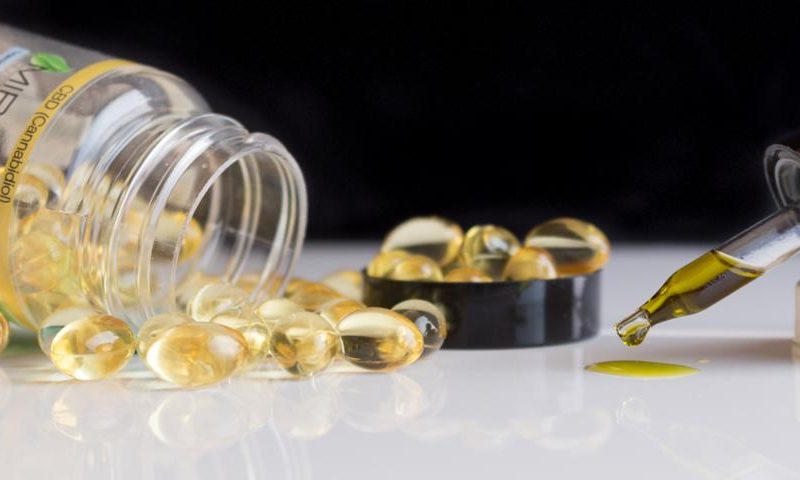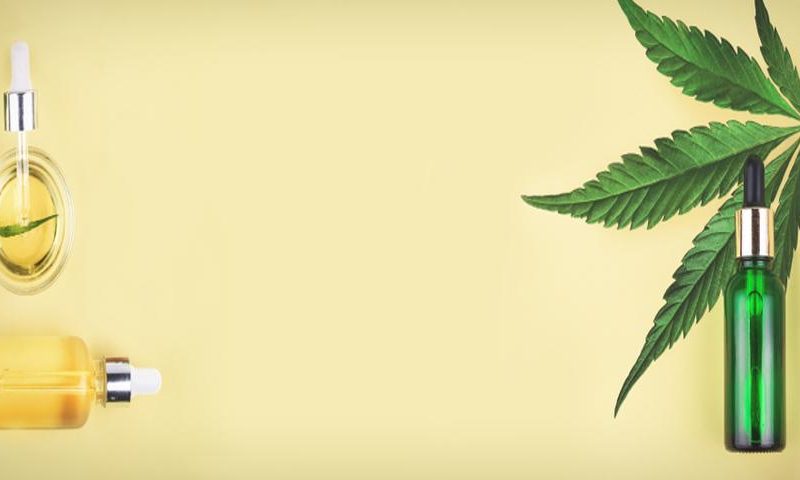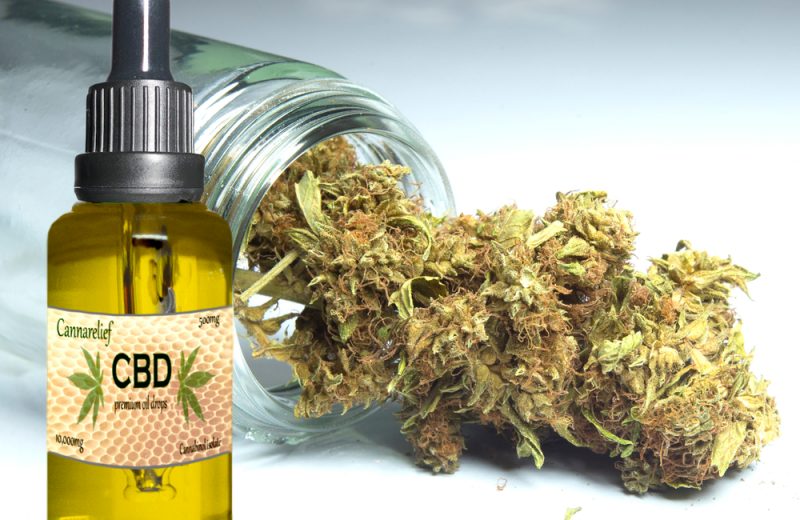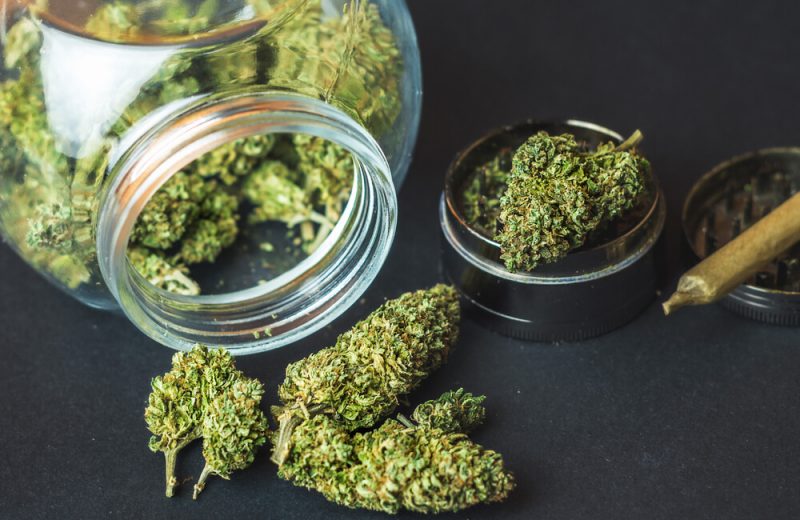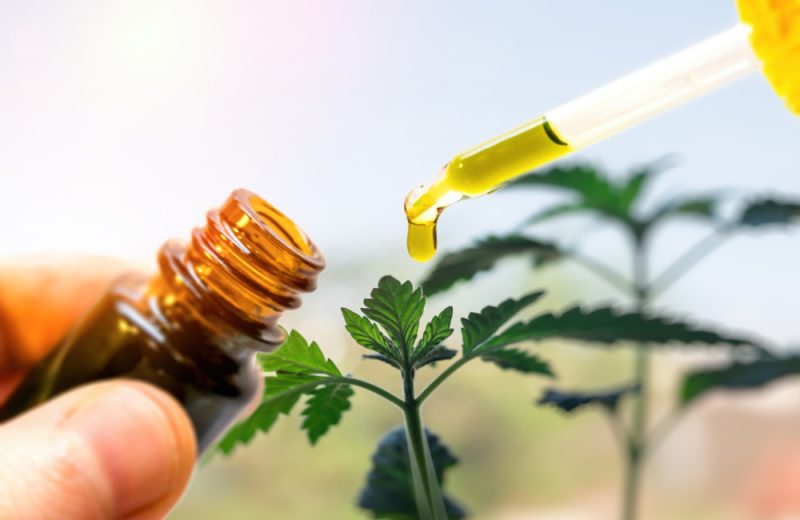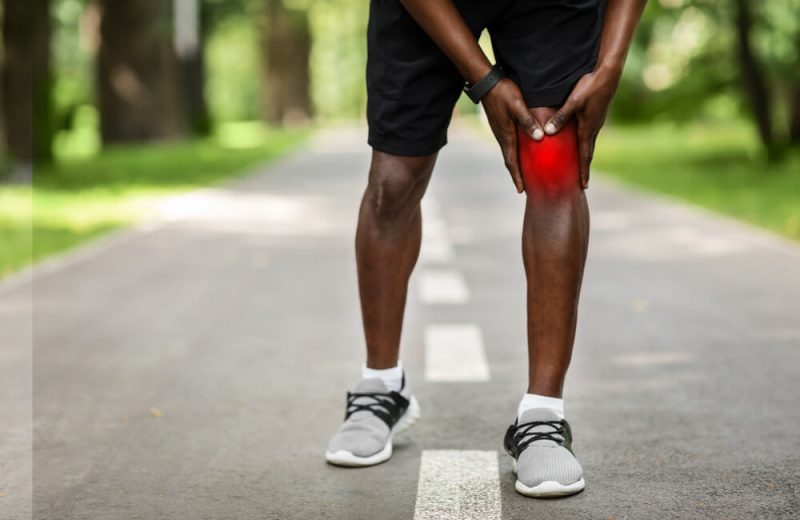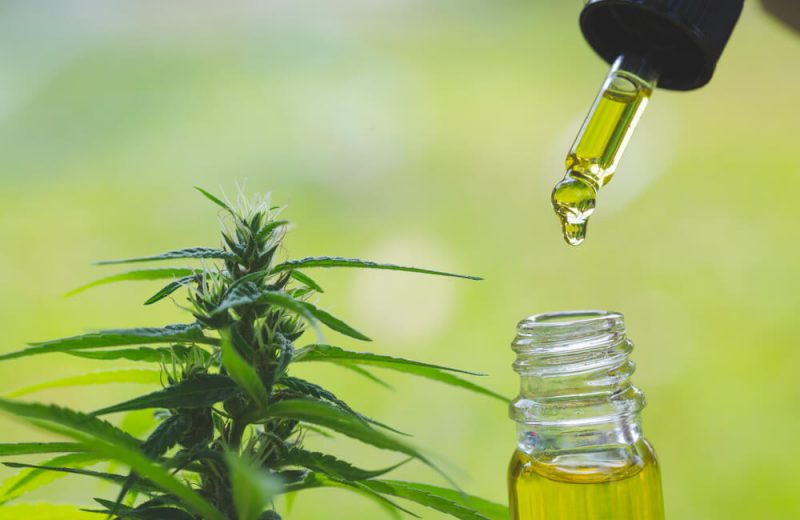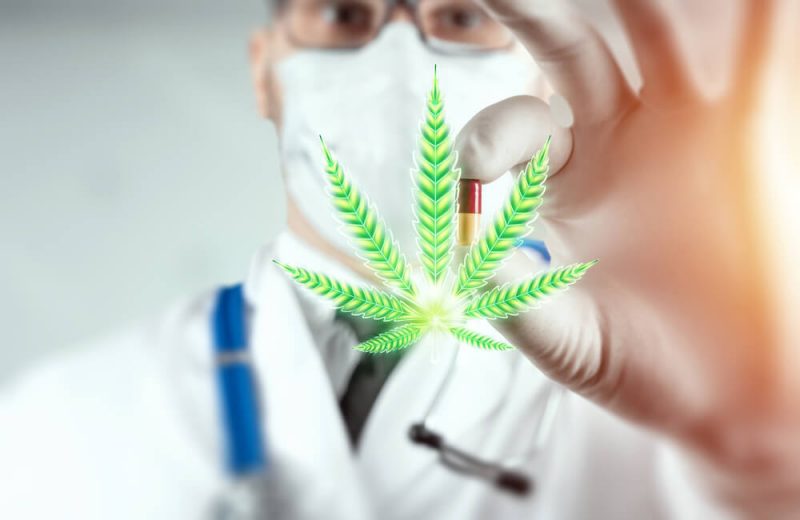The CBD supplement trend as well as the microdosing trend have both been on the up for similar reasons in the last few years. The premise behind microdosing developed from the idea that smaller, more consistent doses are more stable and better for the body to absorb. CBD, or cannabidiol oil has been both suggested and, in some cases, proven to have significant positive impacts on the human body for a variety of purposes.
But how do you know whether CBD will even help treat your condition? How much should you be taking? How often should you be taking? What side effects should you worry about? To be asking questions is a good sign, because it means that you’re looking for real answers and solutions! Let’s take a look at what we know about cannabidiol oil and how it’s used.
Understanding the trend of CBD use
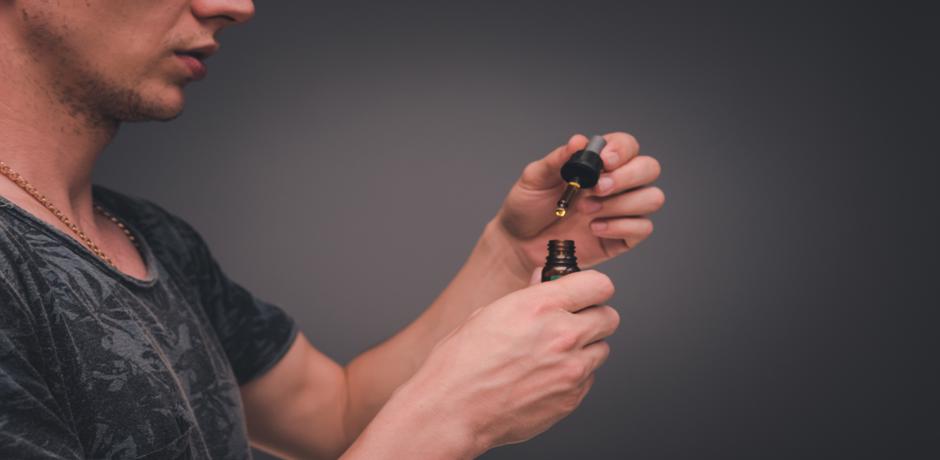
Cannabidiol oil has experienced a growth in popularity since the legalization of the growth, production, and manufacturing of hemp in 2018. CBD was also approved at the federal level as an effective medication for treating severe cases of childhood epilepsy. Following these, further studies were conducted and explore the potential of CBD on the human body in a wealth of other areas.
Currently, these studies have most strongly demonstrated the effectiveness of cannabidiol oil on epilepsy, first and foremost, as well as significant benefits on those who suffer from anxiety and stress. There have also been positive results shown for the impact CBD has on pain management, which can help alleviate the need for opioids.
Further potential benefits include:
- Decreasing opioid addiction rates or alleviating addiction as well as preventing relapses
- Alleviating symptoms of various forms of cancer
- Alleviating symptoms associated with Alzheimer’s disease
- Depression, and many of the symptoms associated with depression
- The cessation of smoking
- Weight loss, as well as weight gain
- Insomnia or struggles with falling asleep or staying asleep
- Cardiovascular diseases
- ALS or Alzheimer’s disease
- Attention issues or ADHD
- PTSD
It’s important to state that while epilepsy has been proven to be effectively treated by CBD, and anxiety and stress have been significantly tested to prove they are alleviated by CBD, most of the other benefits are still in fairly early stages of research. Although the research is promising, it remains to be completed.
For many people, cannabidiol oil presents them with an alternative method of treatment or management to a variety of conditions which often require prescription medications. Individuals are looking for alternative ways to manage their various conditions and find themselves excited at the potential for relief presented by using CBD.
It’s equally important to always clarify two common misconceptions when it comes to cannabidiol oil. First, that CBD is not a medication or cure (not yet, anyway) by definition. Second, that CBD is not marijuana and possesses no psychoactive properties. In marijuana, the THC, or tetrahydrocannabidiol, is what induces the euphoric high associated with marijuana, while hemp-produced CBD contains almost no THC.
What is microdosing?
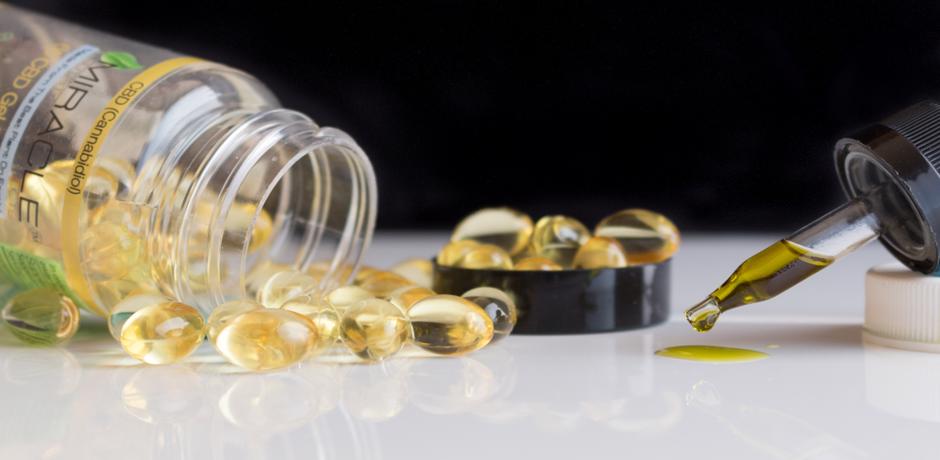
The premise behind microdosing seems to have exploded in popularity, coincidentally, from the microdosing of psychedelic substances, like psilocybin, commonly referred to as mushrooms, or LSD, also known as acid. After learning of the potential for the treatment of serious mental health conditions like post-traumatic stress disorder, Alzheimer’s disease, opioid addiction, anorexia, anxiety, stress and depression, scientists began to look further into them.
The suggestions of the potential of these psychedelics led to one of the most prestigious medical institutions, Johns Hopkins University School of Medicine, to open a study on the effects of these substances on the body. With around $17 million invested into the study, it’s expected to have a significant impact on the psychological and therapeutic world. It’s only just been announced, so the study has barely even begun.
The practice of microdosing involves taking a fraction of what would be considered a full dose, and continuing that small, fractional dose, to help mitigate peaks and to instead help moderate symptoms. Participants and practitioners of microdosing and microdosing studies noted that when taking a fraction of the substance, they found it to be more enjoyable and easier on the body.
Specifically with regards to microdosing, recreational users of psychedelics began reporting that by microdosing substances, the impact and effects on the body were more manageable, more sustained, and a range of positives were noted.
This included an easier time leveling off, it included greater absorption of substance, it included a tamer experience, and kept the body in greater balance. The effects of the substance still occur, but with a significantly decreased sudden impact. Participants in the study also noted less anxiety and stress over a longer period of time, sharper mental focus during periods of use, increased consciousness and awareness.
While there is a much greater deal needed to be researched in this category, it did suggest as to the power of microdosing itself, regardless of the substance. Overall, users noted greater sense of homeostasis that positively impacted the experiences they had.
Microdosing Cannabidiol Oil
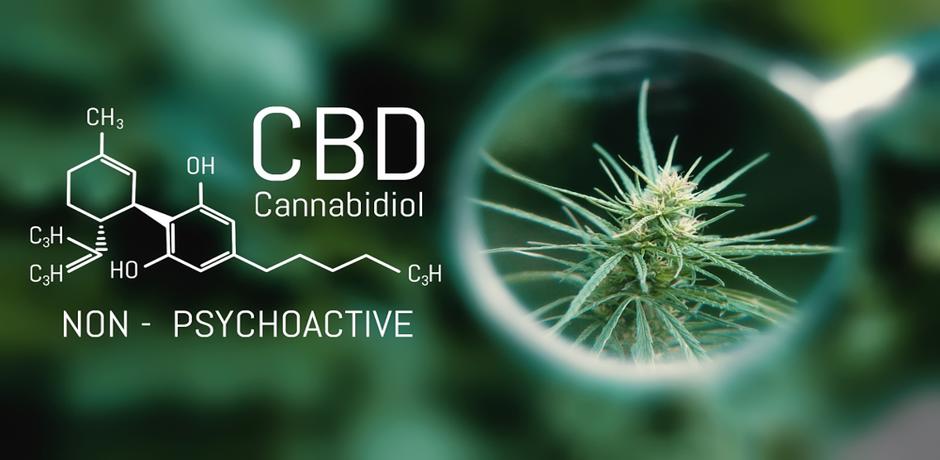
When it comes to microdosing cannabidiol oil specifically, the premise and purpose remains moderately consistent with the purposes behind microdosing other substances. While CBD has no psychoactive components and therefore does not alter one’s mental state in that fashion, it has similarities with regards to maintaining the body’s homeostasis while taking cannabidiol oil. Many individuals specifically chose to take it to help regulate their body better, often looking to alleviate symptoms of stress and anxiety.
Traditionally, the ingestion of cannabidiol can be taken a variety of ways. The most effective means of consumption for microdosing is going to be with oils and tinctures. The challenges presented with other methods of ingestion, as well as things to consider prior to taking CBD, are mentioned in a later section of this piece. For now, we will continue to explore the oil and tincture methods of consumption.
For the CBD oils and tinctures, dosing recommendations dictate that a consumer use the dropper included to measure out a specific quantity of CBD then place the dropper under the tongue and release the stopper. This is the sublingual approach, which allows the CBD to be absorbed directly into the blood stream via oral veins. After holding the tincture or oil under the tongue for thirty seconds, it is then swallowed into the stomach, where it is further absorbed through the digestive tract.
Users as well as studies have commented on how microdosing CBD can help balance out their body throughout the day. At the same time, different potencies and quantities consumed can also affect the benefits that one experiences.
Particularly when looked at for attention and focus, CBD doses have demonstrated the ability to improve focus and attention in individuals when smaller doses have been consumed, whereas larger doses might make them feel more drowsy and to feel sedated
If you’re looking to feel more relaxed, calm, and balanced throughout the day, then microdosing might be the perfect fit. If you’re looking to help improve your own focus and attention throughout the day, then microdosing might also be the perfect fit. The smaller doses taken more consistently throughout the day tend to lead to fewer side effects like drowsiness and or feeling too relaxed.
While taking one larger dose before bed might be the best way to maintain sleep habits and get a full night’s rest, microdosing might help the body remain more balanced and calm throughout the day, ultimately leading to a sound night’s sleep.
Further still, some individuals chose to use the microdosing technique solely for the purpose of finding their ideal dosage of CBD. It can help allow them specific, controlled quantities of CBD for a certain number of days until they’ve managed to decide on the perfect amount to take.
Finding the right dosage for your CBD
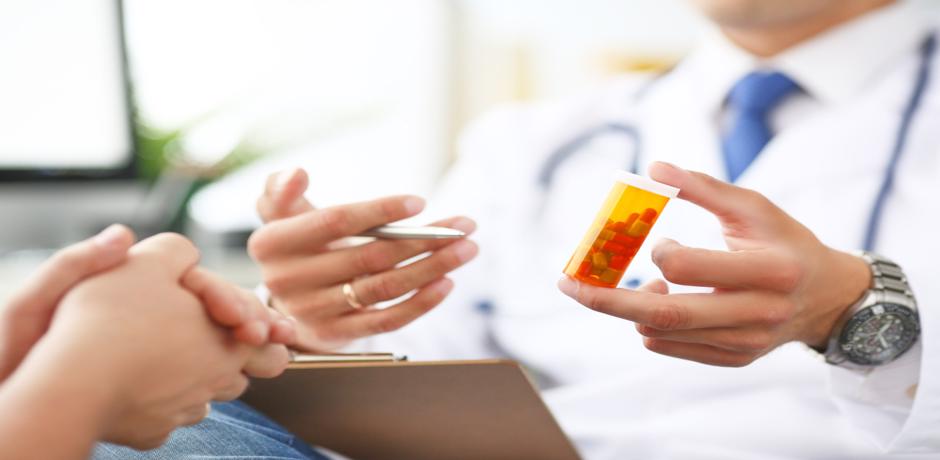
When purchased from a reliable producer, CBD products will provide users with a general directive regarding how much CBD they should take. Typically, the best approach is to start with the smaller doses and increase in increments until the desired effects are felt, while still within range of the recommended maximum dosage.
Because there are so many different potential therapeutic benefits to taking cannabidiol oil, it’s recommended that a consumer first pinpoint precisely what they would like to get out of their CBD. Selecting two or three specific conditions or symptoms that you’re looking to alleviate will better help you target the effectiveness of your dosage.
It’s also equally important to track these symptoms and how they are or are not felt on the body while working through the right dosage amount. If you can’t monitor how effective it is or is not for you to be taking CBD, then it won’t be possible to determine what too large a dose might be for you and your symptoms.
Even if you have multiple conditions and are looking for CBD to help with all of them, it’s important to focus on one or two for the purpose of dosing. If you’re looking to lower stress and anxiety, it will be easier to gauge a 30mg dose being effective, rather than looking to collectively treat your leg pain, and your headaches, and your stress and anxiety, as well as your appetite. By focusing on one or two conditions, you will be able to better track how those symptoms are being handled.
It’s also important to always consult with your own medical professional prior to starting any sort of traditional or alternative method of treatment.
Finding the right dose is also important because taking too much CBD might actually have a reverse effect (not necessarily adverse, though), and where a smaller dose might have been effective, a larger dose is not, turning away a potential consumer who could’ve had relief by taking a smaller amount.
Dosing in general typically involves using a dropper, often a 1 mL dropper. Bottles come in many different concentrations, so one drop from a one-ounce bottle that contains 300mg of CBD is going to be weaker than a half-ounce bottle that contains 270mg of CBD. Often, the labels should tell consumers what the ratio of CBD mg/drop is. It’s also important to note here that one drop of oil is incrementally smaller than one dropper full of oil. One dropper is going to be typically 1 mL, while that dropper may have a dozen or so individual drops within it.
Currently,research show that there isn’t a published daily maximum amount of CBD that can be ingested by a consumer. On the other hand, it’s important to start small and work one’s way up in small increments until they receive the desired effects.
Although it varies depending on concentration, a typical tincture product might have 15mg of CBD per 1 mL of oil. Some products will go so far as to tell you the amount of CBD in one single drop. This is helpful information to have, so if they only tell you the mg of CBD per bottle, it’s important to do the math yourself. One .5 ounce bottle might contain 130 mg of CBD, while another might contain as high as 800 mg of CBD in the same .5 ounce bottle.
Many bottles come in a standard half ounce (15mL) or full ounce size (30mL), with a single mL dropper included. A good mid-range average is 200-300 mg per 15mL bottle. To help individuals find their own idea dose, let’s assume they have one .5-ounce bottle of 250 mg of CBD oil.
The best approach is to then start with 1/4th to 1/5thof a dropper of oil, placed underneath the tongue. Leave it there for thirty seconds, then swallow the oil. After an hour to an hour and a half, take note of any changes in feeling. Then, 3 to 5 hours later, take the dropper again.
After a couple of days, if you’re not feeling the desired effects, increase the quantity. However, be mindful of the fact that you’re looking to microdose, which means keep small, consistent doses throughout the day. The last thing you’ll want is to find yourself consuming full doses multiple times during the day. The effects of microdosing might be more subtle, but they’re designed to last longer and be more consistent.
If by your own personal expectations, taking 1/4thor 1/5thof a dropper seems to strong, then the recommendation is to measure by individual drops instead of the full mL dropper unit in the bottle. Find the right dose for you, and keep it consistent in your dosing and frequency.
Take notes, jot down responses, and track the desired effect of the symptoms you personally are looking to alleviate. Bodies respond differently, so it’s difficult to a label of one-size-fits-all dose for CBD.
Challenges with Microdosing CBD & Things to Consider Before You Microdose
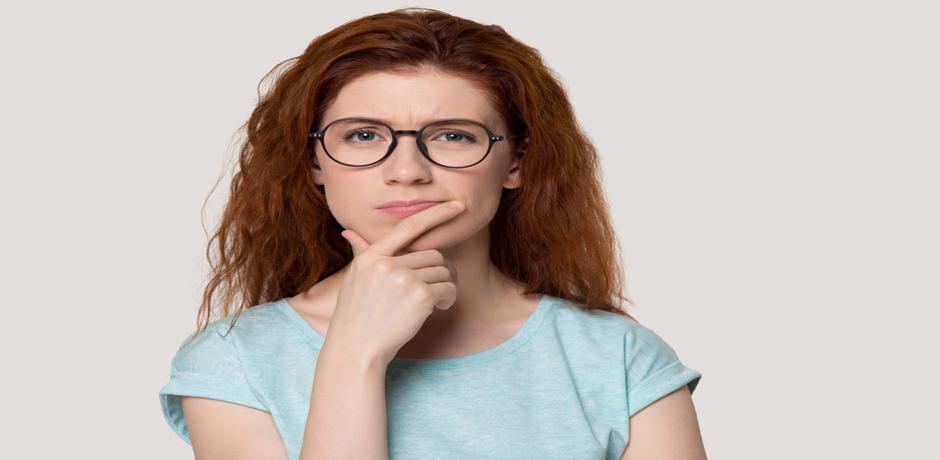
As with many substances, the microdosing of cannabidiol oil can be challenging to figure out. Many sellers have a variety of concentrations that they offer to consumers. Some of these concentrations have a higher percentage of CBD per mg, while other concentrations might have significantly less percentages of CBD per mg. It can also be a challenge to figure out how to dose some of the methods of ingestion, such as inhalants, edibles, oils, tinctures, topicals, or patches.
Although the FDA has approved hemp produced CBD for growth, manufacturing and production, there are still some gray areas. For example, while the legal requirements dictate that the THC level must remain below .3% to be legal, they do not regulate the production of CBD. While some products may advertise a certain potency, there is no regulation in place, and many consumers find that with unreliable producers, the CBD potency is far below the advertised label.
If you don’t find a reliable and efficient producer to purchase from, you might find yourself believing you are consuming a certain potency while in fact, it’s different from what you expected. There’s not a way for consumers to test the concentration of CBD in the oil they consume.
With inhalants, while the concentration can be clear with the solution purchased, there isn’t a specific, measurable method of consuming specific quantities. It’s hard to gauge how much individual consumers are going to inhale, which makes inhalants too big of a challenge successfully microdose.
Similar challenges with dosing can be said of topicals, which already are one of the lowest absorption methods, and are not entered into the bloodstream. When looking to microdose cannabidiol, the oils, tinctures, and edibles are suggested as the most effective and manageable approach.
Microdosing can also be a challenge because the specific dosage amounts vary from person to person. Many producers of CBD will dictate recommended dosage amounts or dosage instructions with their individual product. Always follow those guidelines and start small when it comes to determining what works for you.
Another challenge with ingesting different forms of CBD has to do with the method of absorption into the body. Edibles and topicals tend to produce a significantly lower effect on the body. Topicals are superficial, meaning while relief might be found on a certain body part where the cream or topical is applied, it doesn’t enter the body through the bloodstream or digestive system. With edibles, the CBD is entering the body, but that it needs to go through the digestive tract means the absorption will be slower and longer.
While inhalants can begin to be detected in the bloodstream in as little as fifteen minutes, capsule methods of intake are similar to tinctures and oils. However, since they don’t have the interaction with oral veins, and are solely absorbed through the digestive tract, it can take upwards of two hours before the effects are felt.
With inhalants, the challenge presented is that the quickest way to ingest CBD into the body. This can cause quicker reactions, and often makes for a more intense experience of benefits, but with less longevity overall. When the point and purpose to microdosing is to slow down and level out the side effects, this might prove counterintuitive.
It’s also important to note that when it comes to the ingestion of CBD, whether or not one has eaten nothing all morning, or recently had a large lunch might affect the CBD’s benefits. On a full stomach, the CBD is going to take longer to reach the digestive system and run through it into the body.
An individual’s body weight and own metabolic process might also impact the absorption rates, creating varying ranges of dosage required to be effective. Although the dangers and negative side effects are few and far between, responsible users should be conscious of the conditions in which they’re taking CBD.
With oils and tinctures, there are two benefits. The first benefit is that the CBD is absorbed into the bloodstream sublingually, and minimally when the oil is held under the tongue for 30 seconds. After this, it is swallowed, taking the remaining CBD into the digestive system. This allows for the body to quickly absorb some of the substance while allowing the body to more slowly absorb the remaining quantity.
For these reasons, when it comes to microdosing, it is most strongly recommended to take the CBD in the form of oils, with a measured dropper, or gummies, where the exact quantity of CBD per gummy is clearly identified. It’s also best to consult with your own medical professional before beginning any treatment methods. Responsible consumers also often prefer to consult with professional experts on the effects and impact and dosing within the industry. The more questions you can ask and that are answered, the better.
Side Effects of Microdosing CBD
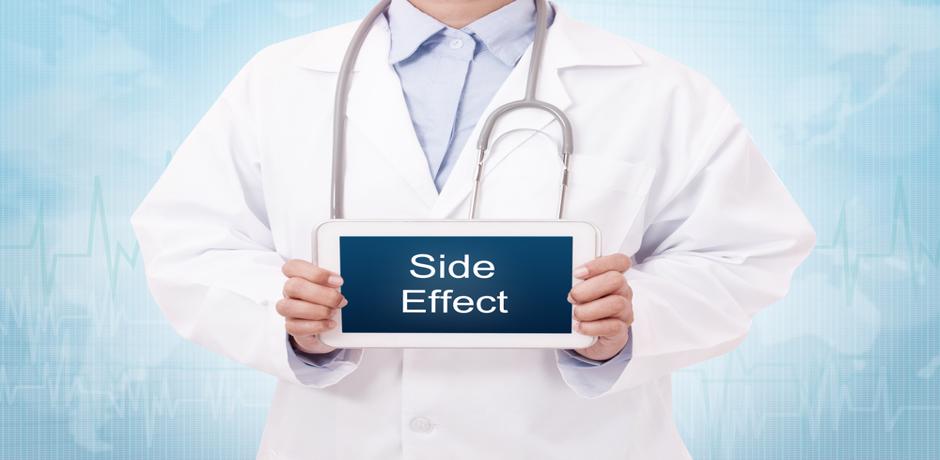
Many of the side effects of CBD can also be impacted by the concentration of the solution, the quantity consumed, and the conditions in which the CBD was taken. Some of the more common potential side effects include:
- Feeling sleepy or drowsy
- Dry mouth
- Reduced appetite, or increased appetite
- Diarrhea
- Nausea
- Irritability
It’s also good to note here that some of these side effects are exactly why some individuals want to be taking CBD in the first place. Someone who is looking for something to help them sleep might want a substance that makes them feel sleepy or drowsy.
But the range of effects and benefits, whether positive or negative, are exactly why it’s so important to find a dosage for you. And yet, it also reiterates exactly why some individuals want to try microdosing CBD in the first place- if certain symptoms and effects can be minimized or balanced by small but consistent doses, it’s a great reason to try a new approach to CBD.




